
Of course, the novelty of this arrangement of provincial-level administrative units is not only reflected in the new name, which is actually still the name of one of the two or three merged provinces/cities, but also reflected in the two-level local government model - along with the end of the historical mission of district-level local governments and especially reflected in the reality of expanding development space in both geographical space and cultural space.
The reality of expanding development space in both geographical and cultural space has forced the people of Da Nang after the merger to constantly think about how to make Quang land ( Quang Nam - Da Nang, now the new city of Da Nang) always "soaked in the rain", which is understood as always being sensitive to new things and changes...
1. Just considering the expansion of development space in both geographical and cultural space in this arrangement of provincial administrative units, it can be said that Da Nang city after the merger has many advantages.
For example, to develop according to the sea-oriented mindset, in the words of King Minh Mang in 1837, the Vong-Hai-Dai mindset, among the newly merged provinces, only Quang Tri province, Khanh Hoa province, Ca Mau province and Da Nang city were merged into all coastal localities, more or less all of which had fishing villages and fishermen.
This advantage will create conditions for Da Nang after the merger to promote the function of each kilometer of coastline, each deep-water port... to serve the marine economy. It is no coincidence that in Da Nang, in addition to the Hoang Sa special zone, there are two island communes of Tan Hiep and Tam Hai that still retain their original boundaries and names...
Being sensitive to new things and changes means thinking of ways to connect the two island communes of Tan Hiep and Tam Hai with other tourist destinations in the entire city of Da Nang after the merger, such as with Son Tra Con island located right at the entrance to Da Nang Bay, through attractive sea tours for visitors from all over.
And not only connecting geographical entities at sea, always being sensitive to new things and changes also requires thinking of ways to connect intangible cultural heritages related to the sea, such as connecting the Cau Ngu festival with all coastal fishing villages in Da Nang after the merger on the basis of the Cau Ngu festival in Da Nang being ranked as a national intangible cultural heritage since 2016; or vice versa, connecting the Ba Trao singing with all coastal fishing villages in Da Nang after the merger on the basis of the Ba Trao singing in Quang Nam being ranked as a national intangible cultural heritage since 2013...
Or the Nam O fish sauce making profession, which was ranked as a national intangible cultural heritage since 2019, also needs to be connected with the Ha Quang fish sauce making profession, the Cua Khe fish sauce making profession and the Tam Thanh fish sauce making profession...
When returning together to the “common home” with the new name of Da Nang city, the people of Da Nang after the merger also have many advantages on the journey of urbanization. Nearly thirty years of “going separate” to develop together, Quang Nam province before the merger has successfully urbanized in Hoi An city and Tam Ky city as well as in Dien Ban town and many other districts such as Ai Nghia, Nam Phuoc, Ha Lam…
Before the merger, Da Nang paid great attention to building a civilized urban cultural lifestyle, many times choosing “Urban Civilized Culture” as the theme of the year and having a whole program to promote the brand “City with civilized urban cultural lifestyle”. Now, when the development space is expanded in both geographical and cultural space, Da Nang after the merger needs to focus highly to continue a not-so-simple goal of building Da-Nang-urban-lifestyle.
In the process of forming an urban lifestyle, the people of Da Nang after the unification, besides living deeply in new ways and new rhythms, also have to try to preserve many beautiful and lovely rural roots, such as the sense of community solidarity - nine generations of relatives who have not separated from each other, or the village and neighborly love of helping each other in times of need; at the same time, the urban lifestyle must constantly overcome the inherent inertia of the peasant lifestyle to quickly adapt to the pace of industrial life.
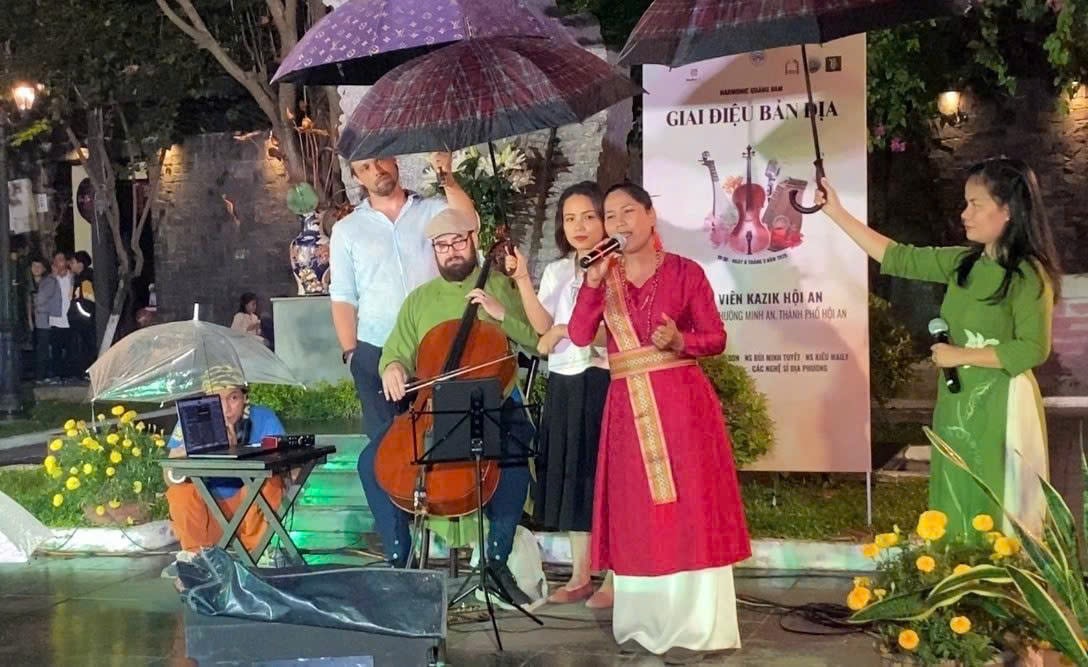
2. In the process of Quang Nam opening up, Da Nang people always attach importance to cultural exchange with the world, are ready to accept, even respect, and do not discriminate against cultural differences. On the threshold of the nation's rising era, after unification, Da Nang must make even more efforts to integrate into two-way international culture: On the one hand, make selective efforts to absorb the cultural quintessence of other countries, actively promote the image of the unique APEC Park in our country along with world cultural heritages such as the ancient town of Hoi An and the My Son temple complex; on the other hand, make selective efforts to promote Da Nang's cultural and artistic achievements abroad, for example, it is necessary to organize more widespread promotion of novels that have won the Southeast Asian Literature Award such as "Minh Su - the story of Nguyen Hoang opening up" by Thai Ba Loi, such as "Trong Vo Tan" by Vinh Quyen...
In particular, when Da Nang has a 157.4km land border with Sekong province, it is necessary to strengthen coordination with the Lao Consulate General in Da Nang to continue implementing the model of "Twinning villages and hamlets on both sides of the border" with 35 villages/10 border communes in Tay Giang and Nam Giang twinned with 16 villages/3 clusters of villages in Ka Lum and Dac Chung districts, along with speeding up the upgrading of the Tay Giang - Ka Lum secondary border gate into a main border gate to create conditions for the development of the East-West Economic Corridor II route.
In addition, it is also necessary to connect the Co Tu communities in Da Nang with the Co Tu communities in Hue and the Co Tu communities in Se Kong across the border through preserving and promoting national intangible cultural heritages related to the Co Tu ethnic group in the area such as brocade weaving, tan tung da da dance, and ly singing...
Always sensitive to new things and changes, Da Nang after the merger is in great need of creativity, always looking for creative ideas and more importantly, always joining hands to improve those ideas. "Joining hands to improve ideas" has been the famous slogan of the Da Nang Young Officials Club for many years. This is also a clear manifestation of the "no rain yet, already seeping" ability of Da Nang people, and at the same time is the motivation for Da Nang people after the merger to be able to join the whole country in entering a new era of development with many opportunities but also full of challenges.
Source: https://baodanang.vn/de-dat-quang-luon-chua-mua-da-tham-3264703.html





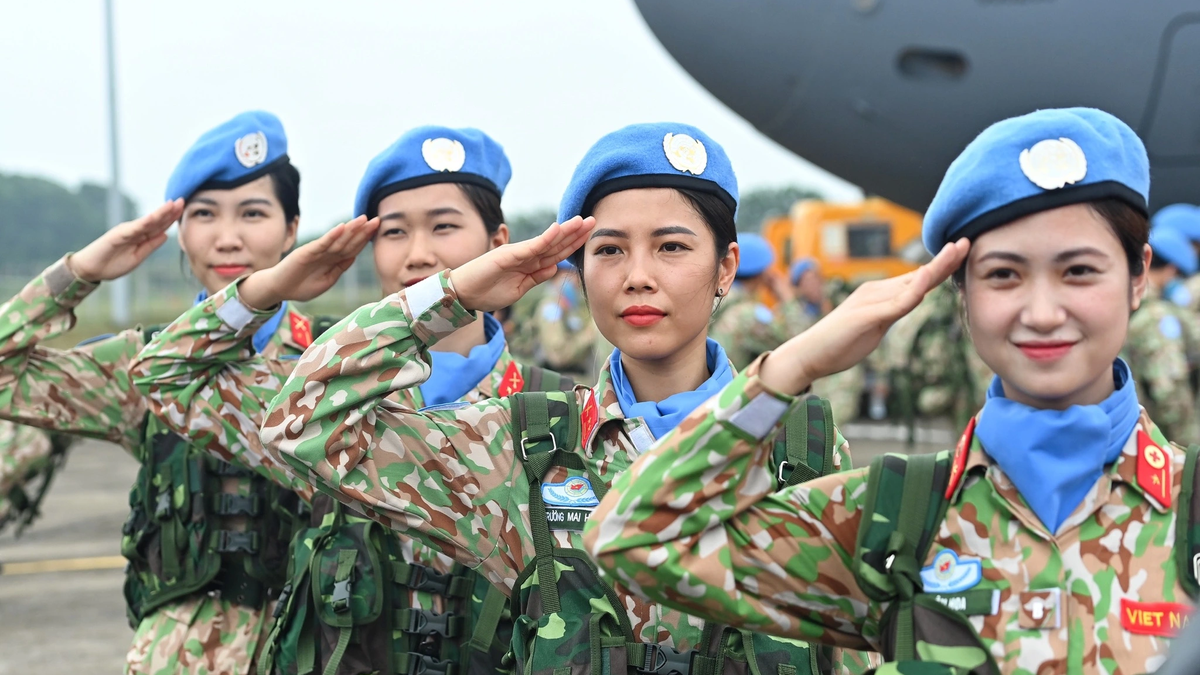
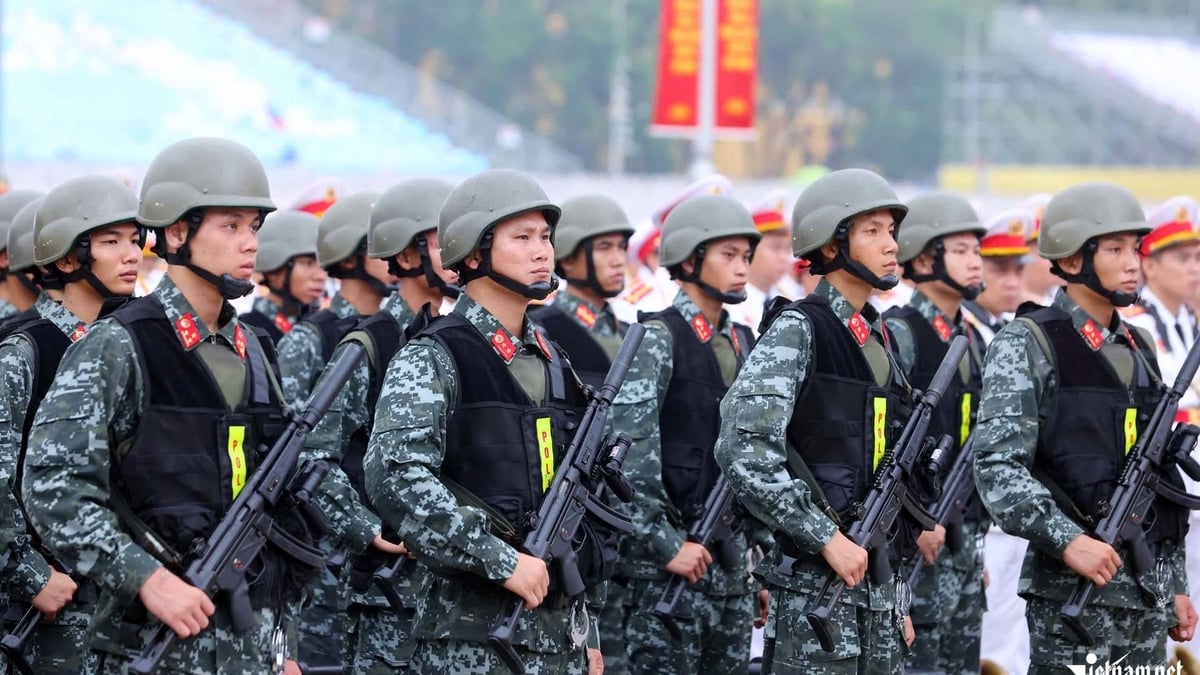
![[Photo] President Luong Cuong receives Speaker of the New Zealand Parliament Gerry Brownlee](https://vphoto.vietnam.vn/thumb/1200x675/vietnam/resource/IMAGE/2025/8/29/7accfe1f5d85485da58b0a61d35dc10f)
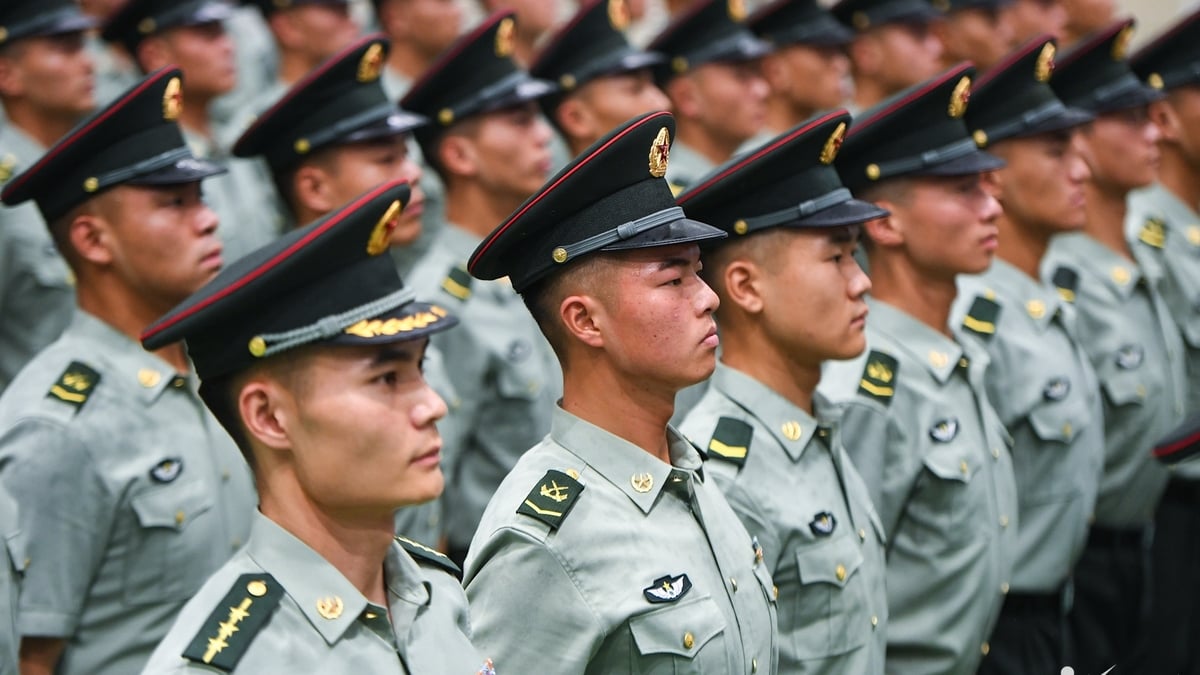
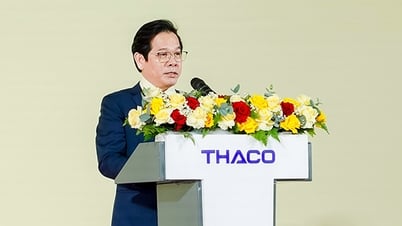

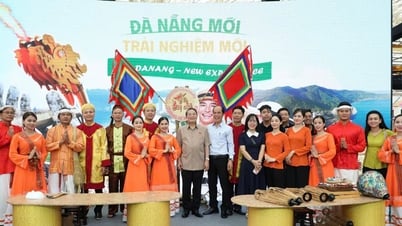
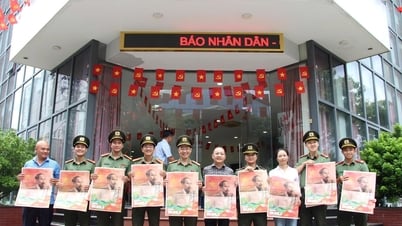
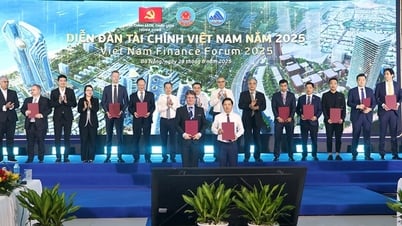
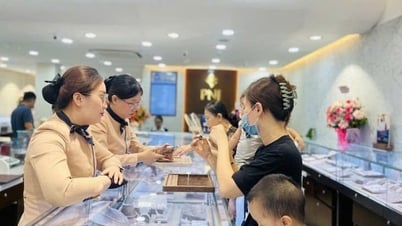
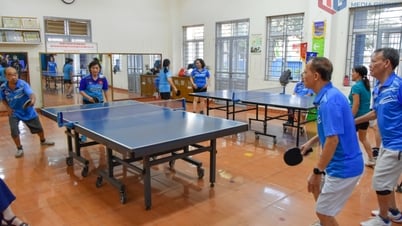



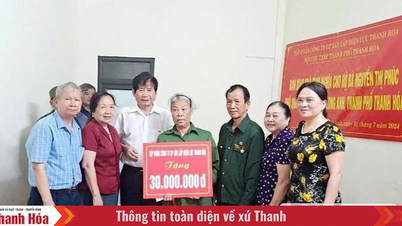

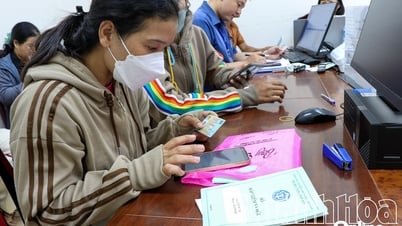
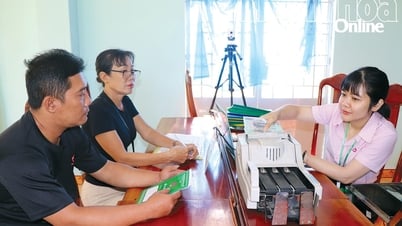
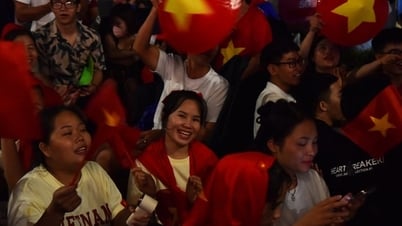

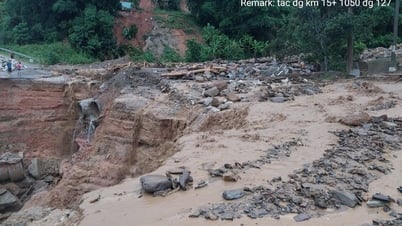

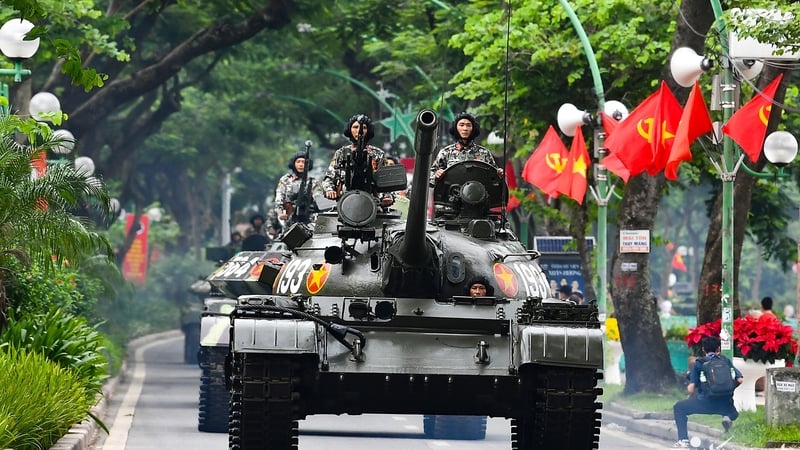



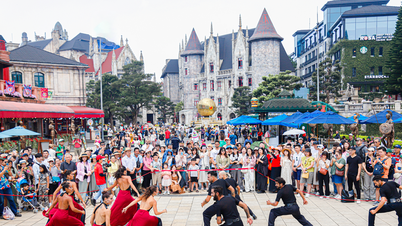

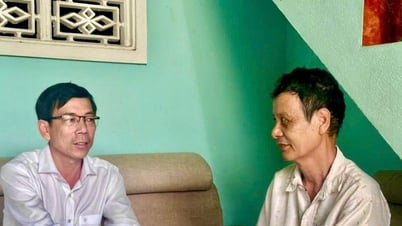
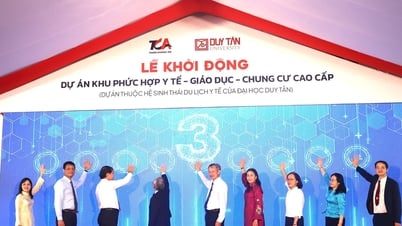
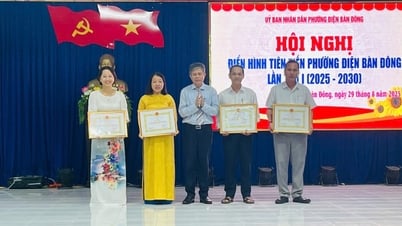
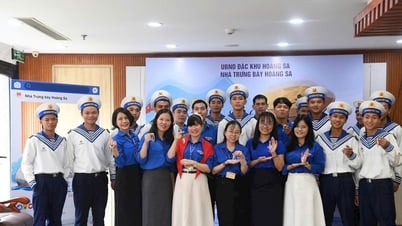
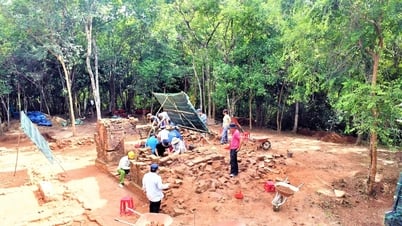

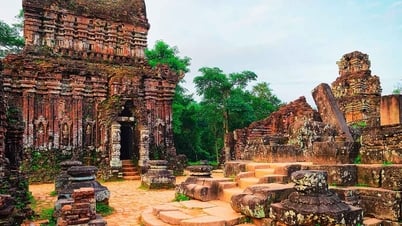

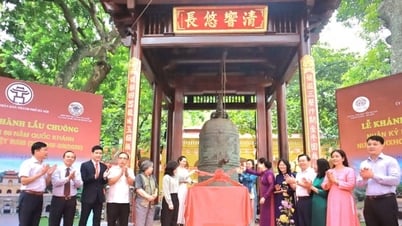
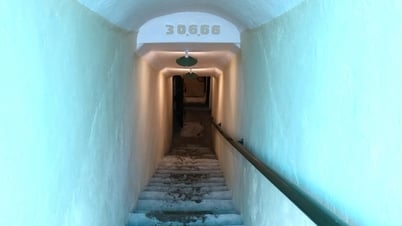

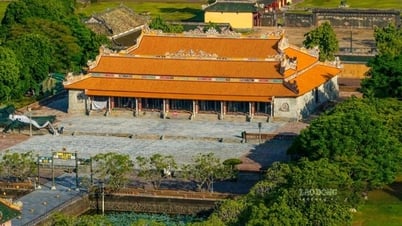
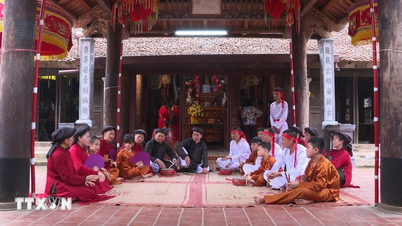



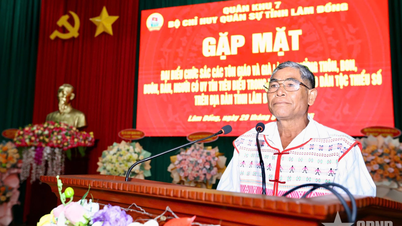

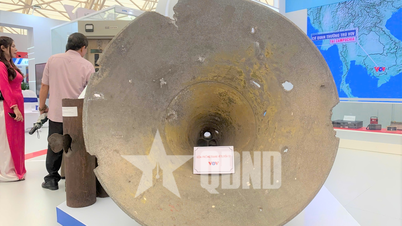


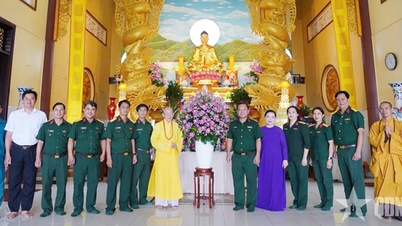
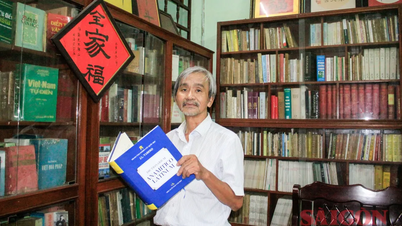

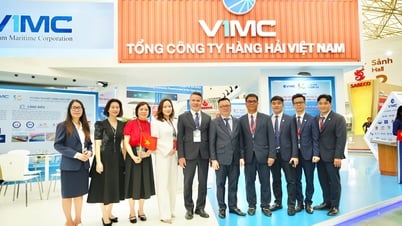

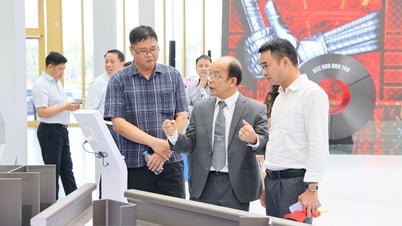
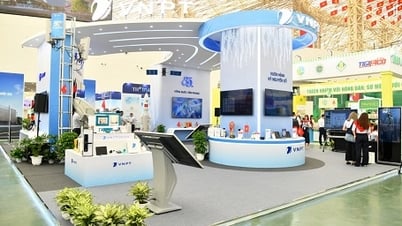
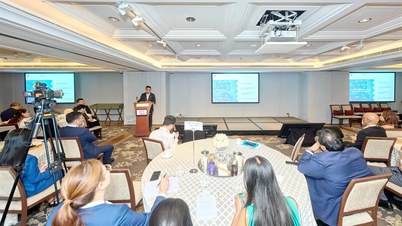
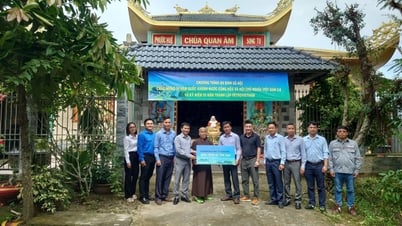
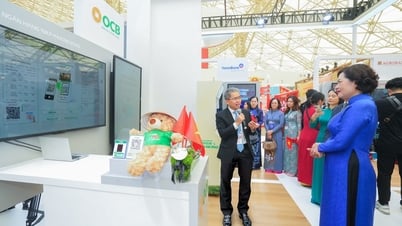

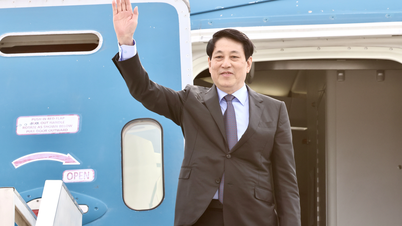
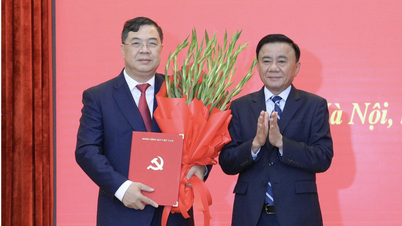

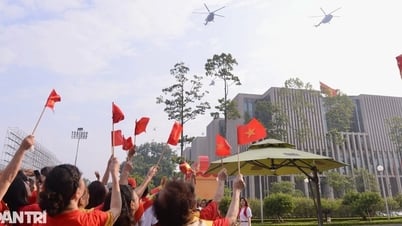


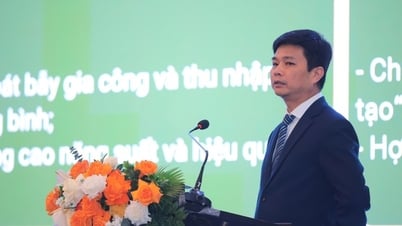


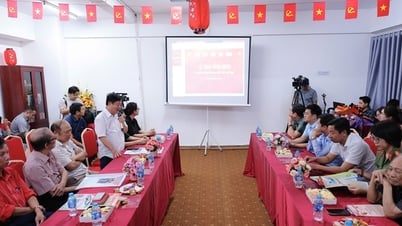
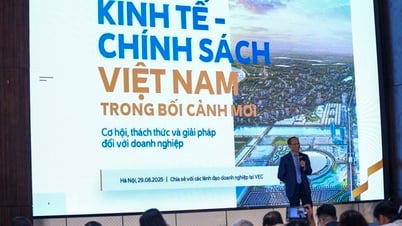
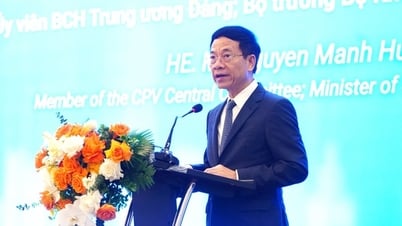
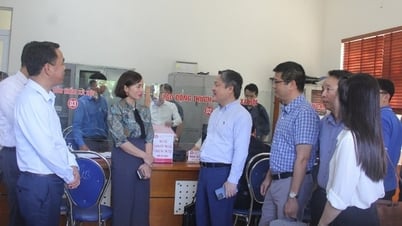
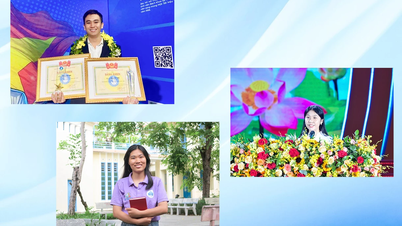
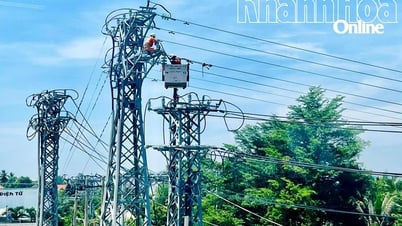
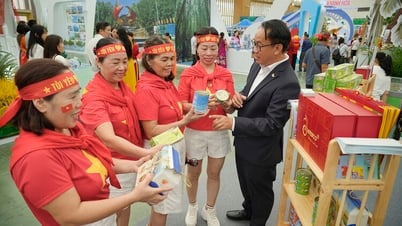

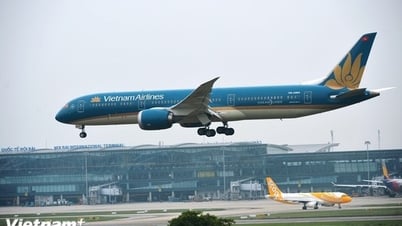
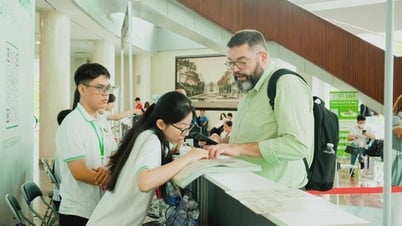
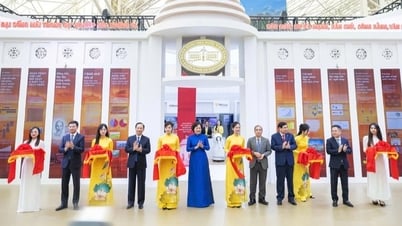
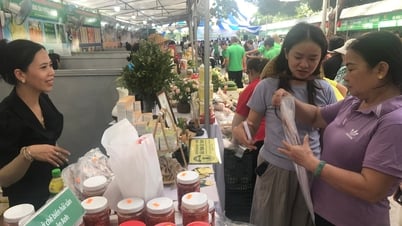

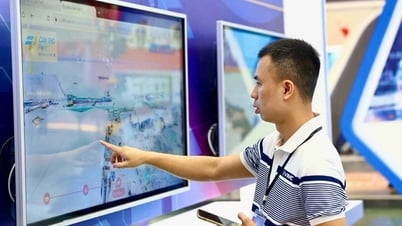

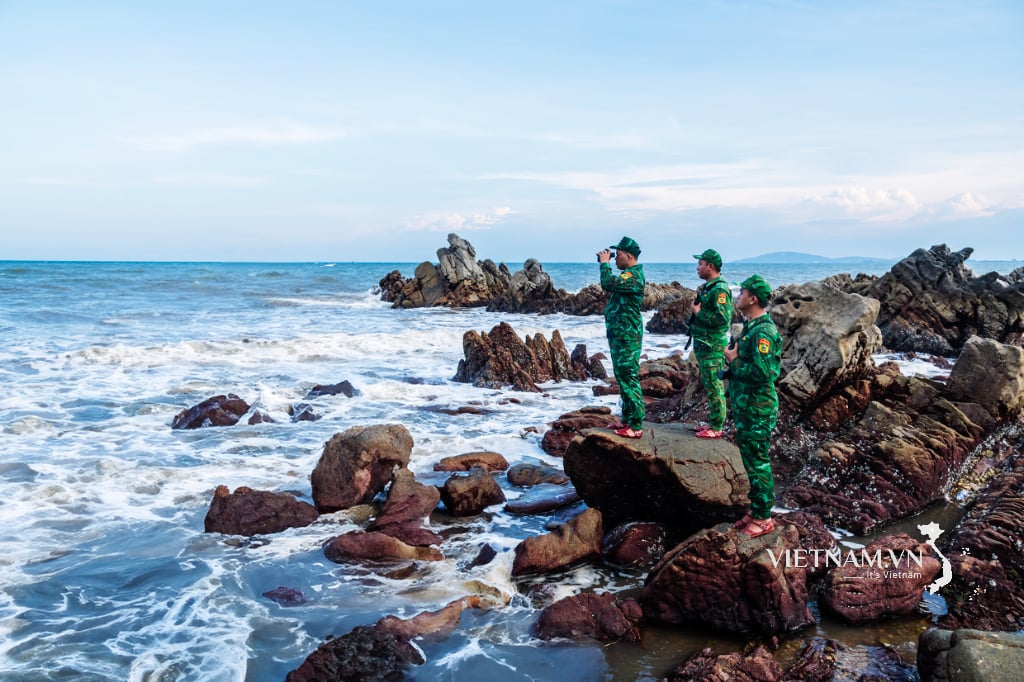
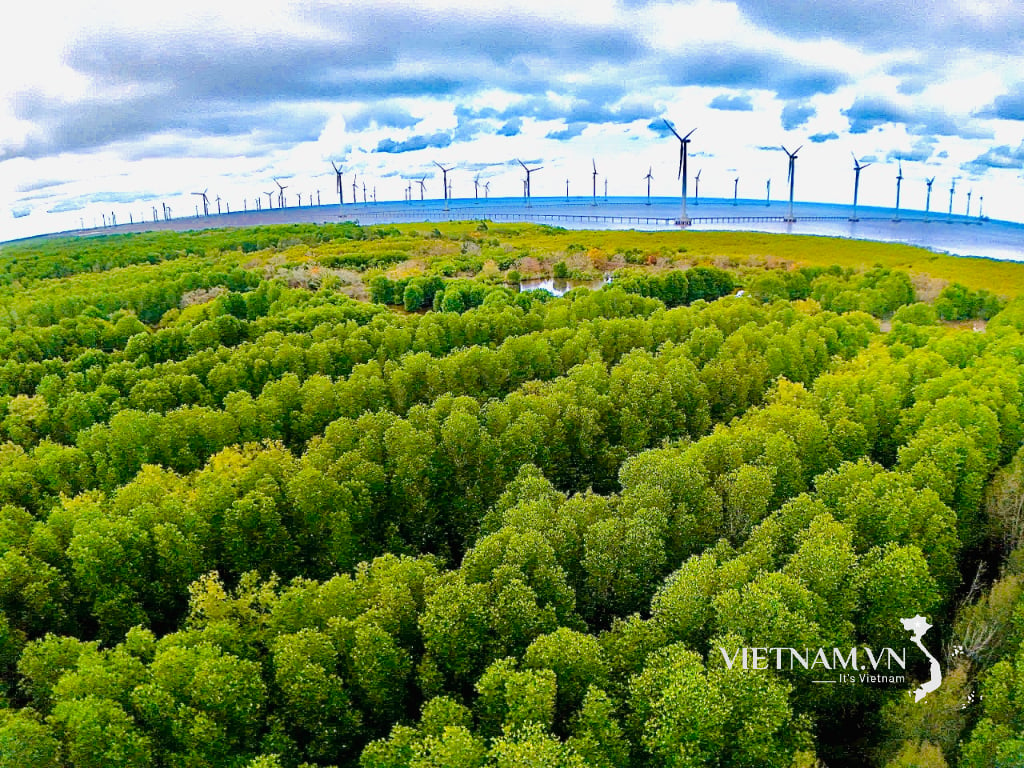
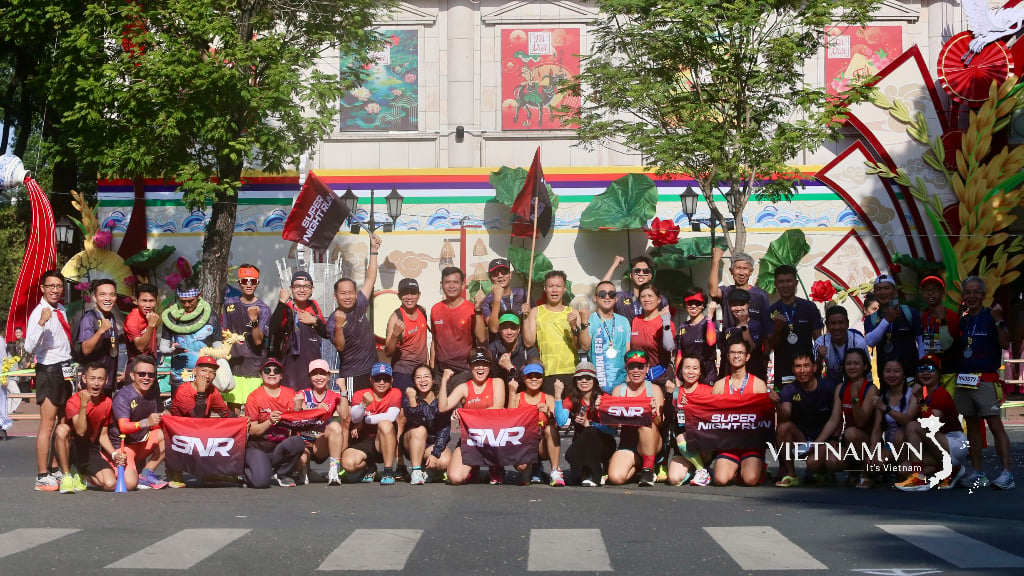

Comment (0)